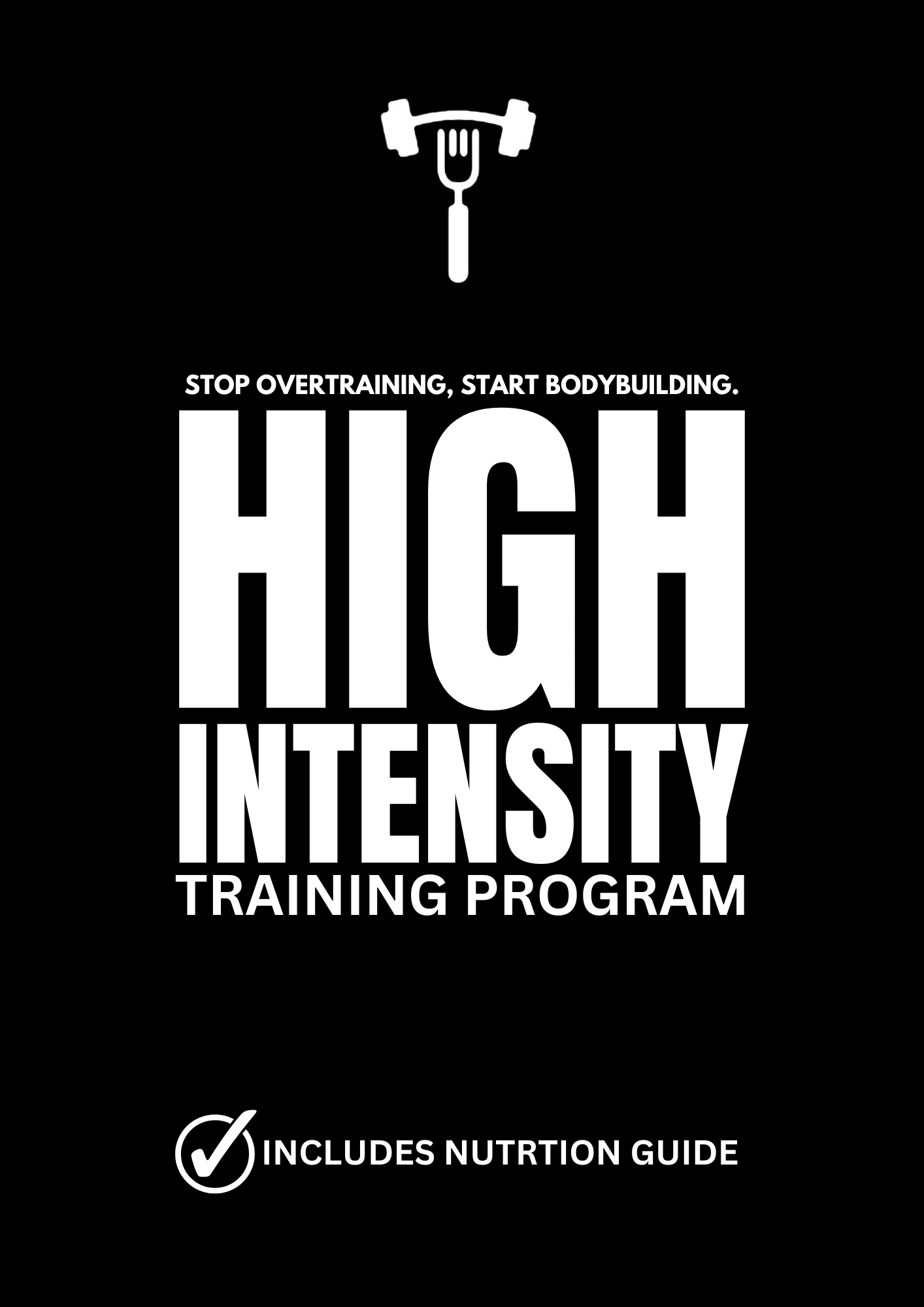High Intensity Training (HIT): A Blueprint for Rapid Muscle Growth

In the pursuit of sculpted physiques and Herculean strength, the fitness world often finds itself entangled in complex routines and endless hours at the gym. Yet, nestled within the realm of simplicity lies an approach that echoes the raw intensity of nature itself. Enter High Intensity Training (HIT) – a methodology crafted for efficiency, potency, and unparalleled results.
The Genesis of HIT
The genesis of HIT traces back to a peculiar yet enlightening observation made by its founder, Arthur Jones. Picture this: a 200kg gorilla, effortlessly executing a one-arm pull-up with the grace of a nimble primate. It wasn't just a spectacle of sheer strength; it was a revelation of nature's blueprint for power. Despite their sedentary lifestyle in the wild, when gorillas engage in physical exertion, they do so with unyielding intensity – hard, brief, and infrequent bursts of activity. This insight sparked the birth of HIT, challenging conventional notions of muscle-building.
The Core Principles
Repetitions:
In the realm of HIT, precision reigns supreme. Work with 80% of your one-rep max, aiming for 8-12 repetitions per set. Each set should be completed within 120 seconds, prioritizing progressive overload with each subsequent workout.
Form:
Form is the foundation of efficacy. Execute each repetition with meticulous precision, taking four seconds to lift and four seconds to lower the weight. Embrace the full range of motion to maximize muscle engagement.
Intensity:
Intensity is the catalyst for growth. Push yourself to the brink of failure with each set, utilizing weights that challenge 80% of your one-rep max. Embrace the opportunity for additional reps mid-set, pushing beyond perceived limits.
Duration:
Efficiency is key. Your HIT routine should be completed within 25 minutes, with anything beyond 40 minutes indicative of inefficiency or lack of intensity.
Frequency:
Respect the rhythm of recovery. Limit your workouts to three sessions per week, allowing ample time for muscle repair and growth. Remember, training stimulates growth, but recovery enables it.
Rest:
Minimize rest between sets, allowing only the time necessary to transition to the next exercise. Embrace the brevity of recovery to maintain intensity throughout the session.
The Blueprint for Success
Embark on your HIT journey with a structured plan designed for progressive growth. Begin with exercises 1 to 8, focusing on impeccable form and mastery of movement. Gradually introduce additional exercises over the course of two weeks, incrementally increasing resistance and intensity. By the third week, embrace the challenge of failure with precision form. After this intense phase, transition to a lighter workload for two weeks to facilitate recovery and adaptation.
Exercise Breakdown:
1. Bicep Curl: Target the biceps with controlled movements and strict form.
2. Stiff-Legged Deadlift: Engage the hamstrings and lower back with precise execution and stability.
3. Leg Extensions: Isolate the quads with deliberate movements and controlled resistance.
4. Squat: Develop lower body strength with proper form and depth, emphasizing muscle engagement.
5. Pull-Over: Activate multiple muscle groups with fluid movements and focused contraction.
6. Barbell Bench Press: Strengthen the chest and triceps with controlled pressing movements and stability.
7. Barbell Bent Over Row: Engage the back and biceps with strict form and controlled motion.
8. Shoulder Press: Target the shoulders and triceps with precision pressing movements and stability.
Conclusion
High Intensity Training (HIT) stands as a testament to the potency of simplicity in the realm of fitness. By embracing intensity, precision, and efficiency, HIT unlocks the potential for rapid muscle growth and unparalleled strength. Embrace the primal instincts within, and unleash your true potential with HIT – the ultimate blueprint for naturally big gains.

